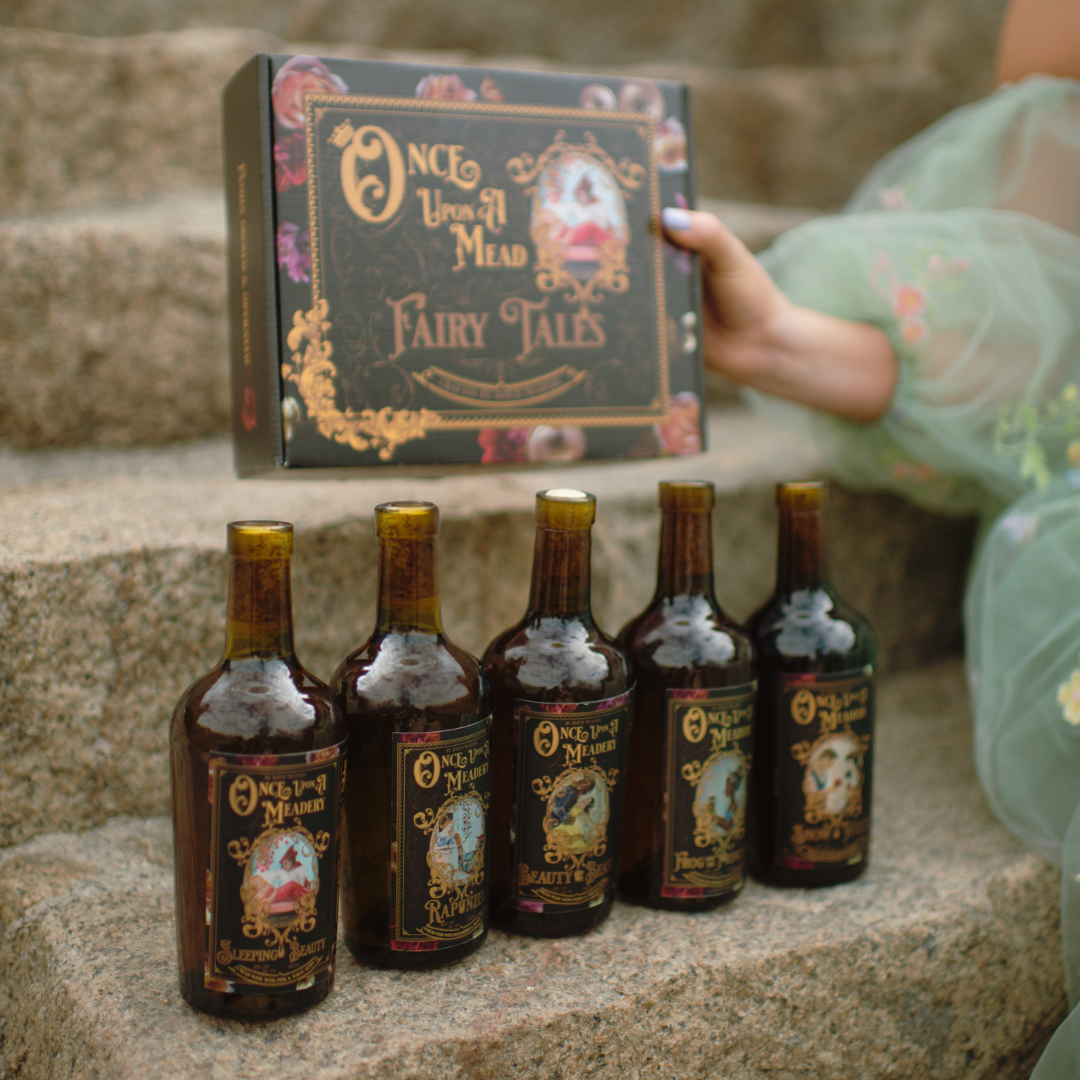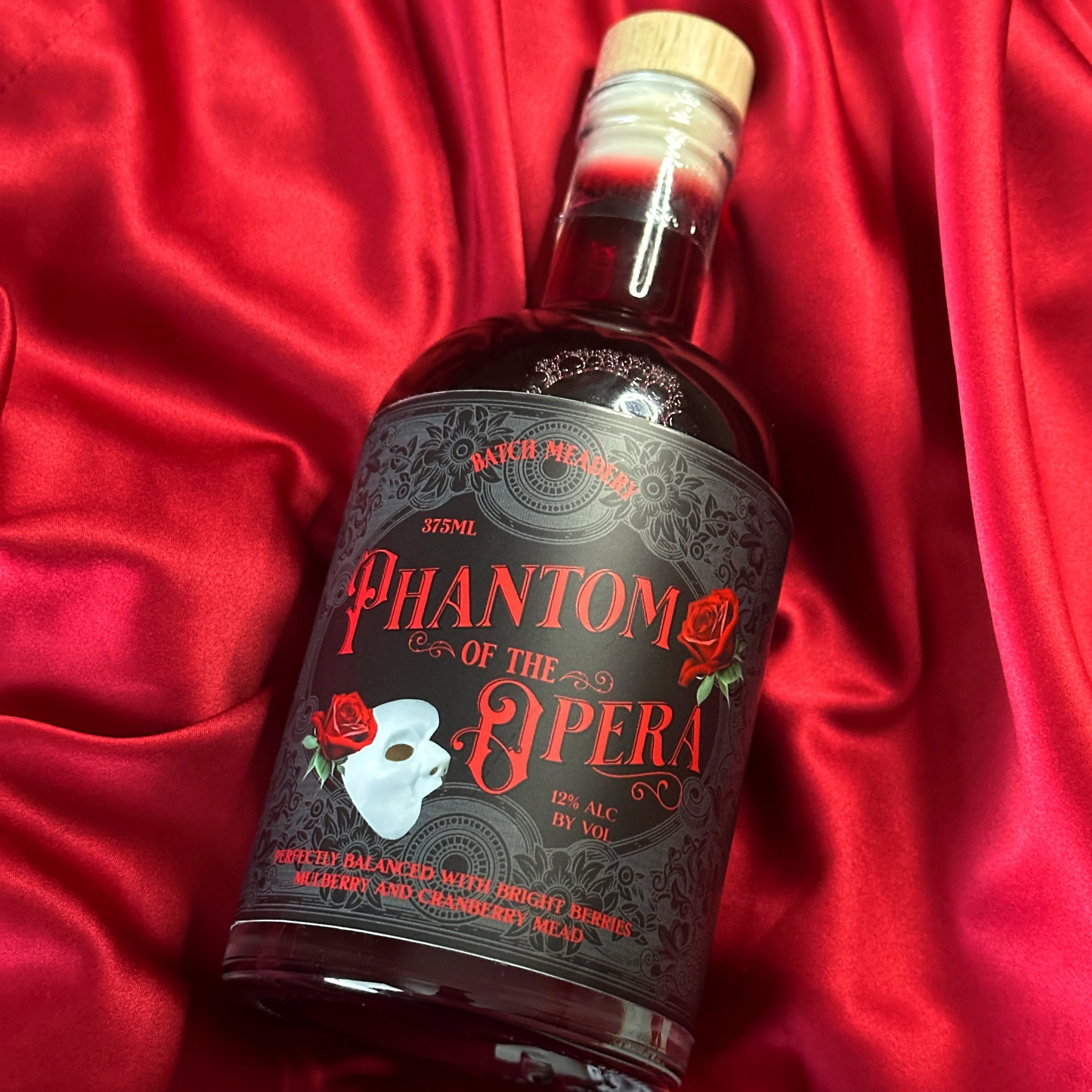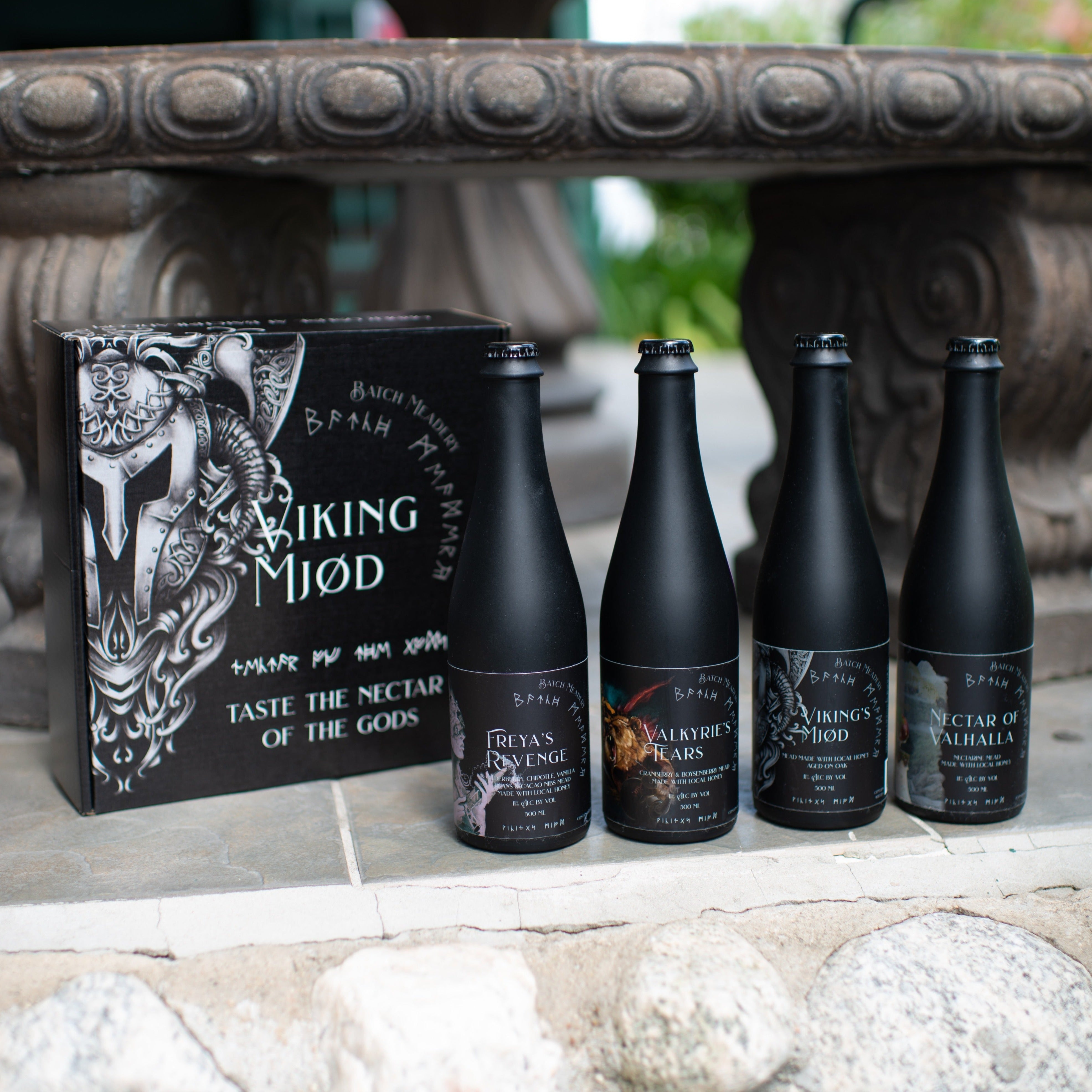Wine enthusiasts often find themselves on an endless journey of discovery, where each bottle uncorked opens the door to new flavors, aromas, and stories. Among the vast spectrum of wines, sweet red wine holds a unique place, cherished for its rich flavors, velvety textures, and, often, its ability to introduce beginners to the wider world of wines. Whether you're a seasoned wine lover, a beginner, or even a mead enthusiast looking to explore new territories, this guide to sweet red wine is designed to enrich your understanding and appreciation of this delightful variant.
What Determines a Wines' Sweetness?
The sweetness of a wine is not left to chance; it is a carefully crafted element, primarily determined by the amount of residual sugar left after fermentation. This process, where yeast converts grape sugars into alcohol, doesn’t always use up all the sugar. The remaining sweetness, measured in grams per liter (g/L), is what dances on your palate, creating a symphony of taste.
Several factors play their part – the harvest time, with late-season grapes boasting higher sugar levels, and the winemaker’s art, sometimes adding sugar to enhance sweetness. Yet, it’s not just about the sugar. Acidity, tannins, and alcohol content all intertwine to influence the wine's final taste, making the exploration of sweet red wines a complex and rewarding experience.
Chart info from Wine Folly, redesigned by Batch Mead
Flavors and Characteristics of Sweet Red Wine
Sweet red wines are characterized by their lush fruit flavors, ranging from ripe red berries to dark cherries, plums, and figs. These wines often carry hints of spice, vanilla, and chocolate, contributing to their overall complexity and appeal. The sweetness in red wine can enhance its fruitiness, making it more accessible and enjoyable, especially to those new to wine tasting.
From the sparkling joy of Lambrusco to the fortified grandeur of Port, sweet red wines come in a splendid array of styles. They often carry a lighter alcohol content, making them an inviting choice for many occasions. Beyond their delightful taste, sweet red wines are culinary chameleons, pairing wonderfully with a range of foods from spicy dishes to rich desserts.
Types of Sweet Red Wine
Semi-Sweet Reds to Start Your Adventure
Semi-sweet red wines are the perfect introduction for those new to the world of wines or looking to explore the sweeter side without committing to the intense richness of dessert wines. These wines strike a delightful balance, offering a hint of sweetness that complements, rather than overpowers, their fruit and spice notes.
Lambrusco
From the heart of Italy, Lambrusco is a sparkling red that surprises and delights. Its light, bubbly nature paired with notes of berries and a touch of sweetness makes it a perfect aperitif or a companion to light pasta dishes and charcuterie.
Zinfandel
Zinfandel can range in sweetness, but its semi-sweet varieties are a revelation. With a robust body and flavors of dark fruits, a slightly sweet Zinfandel can accompany barbecue dishes beautifully, adding a richness that enhances the smoky flavors.
Garnacha (Grenache)
Garnacha, known as Grenache elsewhere, offers semi-sweet varieties that are all about the fruit - think ripe strawberries and black cherries. These wines are wonderfully versatile, pairing well with everything from grilled meats to hearty vegetable stews.
Sweet Reds for the Enthusiasts
As we move towards the sweeter end of the spectrum, these wines begin to show a more pronounced sweetness, perfect for those who prefer their wine to be an experience in itself.
Rosso Dolce
"Rosso Dolce" translates to "sweet red," and these wines live up to their name. Often made with a blend of grapes, they offer a straightforward, enjoyable sweetness that's perfect for enjoying on their own or with dessert.
Late-Harvest Reds
Late-harvest wines are made from grapes left on the vine longer, allowing them to develop additional sweetness. These wines can range from semi-sweet to quite sweet and are characterized by concentrated flavors of dried fruits and spices.
Vin Santo
Though more commonly known for its white varieties, Vin Santo can also be found in red. These are rare and offer a unique tasting experience with their rich, sweet, and nutty flavors, often accompanied by a hint of earthiness.
Super Sweet Reds for the Connoisseur
For those who love their wines rich, opulent, and unapologetically sweet, these categories offer the ultimate indulgence.
Port
Port, the famed fortified wine from Portugal, is a classic choice for sweet wine lovers. With its deep flavors of berries, chocolate, and spices, along with a velvety sweetness, it's a dessert in itself.
Ice Wine
Ice wine is a type of dessert wine produced from grapes that have been frozen while still on the vine. The sugar does not freeze, but the water does, resulting in a smaller amount of more concentrated, very sweet wine. Red ice wines are rare but offer an extraordinary taste experience with intense flavors and sweetness.
Mead
While not a wine in the traditional sense, mead is a fermented beverage made from honey and water, often with fruits, spices, grains, or hops. The process yields a range of sweetness levels, with some meads presenting a luscious character that can appeal to the sweetest tooth. Explore a variety of meads here.
Food Pairing for Sweet Red Wine
Sweet red wines are incredibly versatile in food pairing. Their sweetness can balance the heat in spicy dishes, complement the richness of chocolatey desserts, or contrast beautifully with salty cheeses and cured meats. Here are a few pairing ideas:
- Chocolate-Based Desserts: There is something utterly magical about the combination of sweet red wine and chocolate. A rich, velvety chocolate cake or truffles can be beautifully complemented by the fruit-forward sweetness of a Port or a Rosso Dolce, making for an indulgent dessert experience.
- Spicy Asian Cuisine: The sweetness of these wines can act as a delightful counterbalance to the heat and spices in dishes like Thai green curry or Szechuan beef. A semi-sweet Lambrusco or Zinfandel can cool the palate, making each spicy bite even more enjoyable.
- Cheeses: A cheese platter offers a range of tastes and textures that can be beautifully paired with sweet red wines. From the tangy bite of a blue cheese to the creamy decadence of a brie, the sweetness of the wine complements the richness of the cheese, creating a harmonious blend of flavors.
- Grilled Meats: Sweet red wines, especially those with a hint of sweetness like a Garnacha, can beautifully complement the caramelized exterior of grilled meats. Whether it’s a barbecue chicken or a grilled steak, the wine’s sweetness enhances the smoky flavors, elevating the entire dining experience.
Serving Tips for Sweet Red Wine
Sweet red wines offer a vast spectrum of flavors and experiences, from the subtly sweet and refreshing to the rich and complex. Whether you're a newcomer to the world of wine or a seasoned enthusiast looking for something new, there's a sweet red wine out there for you. Explore, taste, and find your sweet spot in this diverse and delightful category.To maximize your enjoyment of sweet red wine, consider these serving tips:
- Temperature: Serve sweet red wines slightly chilled, between 55°F and 65°F, to enhance their flavors and aromas.
- Glassware: Use wine glasses with a wider bowl to allow the wine to breathe and release its bouquet.
- Aeration: Some sweet reds, especially younger ones, benefit from decanting or being poured into a glass a few minutes before drinking to open up their flavors.
Sweet red wine offers a delightful entry point for beginners and a complex, nuanced experience for seasoned enthusiasts. By understanding the factors that contribute to its sweetness, exploring the various types available, and mastering the art of food pairing and serving, you can deepen your appreciation for this enchanting category of wines. Whether you're a newcomer to the world of wine or a seasoned enthusiast looking for something new, there's a sweet red wine out there for you. Explore, taste, and find your sweet spot in this diverse and delightful category.

Once Upon a Mead - Fairytale Mead Set

Phantom of the Opera Mead

Viking Mead Series - 4 Bottle Set
About Us
MEAD (HONEY WINE) IS A PASSION FOR US
We started Batch Mead in 2019 to leave our Silicon Valley tech careers and pursue our real passion, MEAD!
We love locally sourced honey, apples and other ingredients. We focus on small batches to keep taps rotating and deliver delicious meads and hard ciders.
We believe mead is an experience, and our tasting room reflects all the notes of that ideal experience.
We recently won Best in Show from the San Diego International Beer Festival (2020, 2021 & 2022)! As well as several other wine, beer & mead awards!

